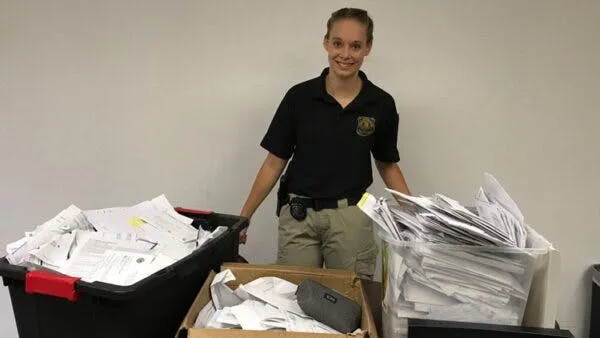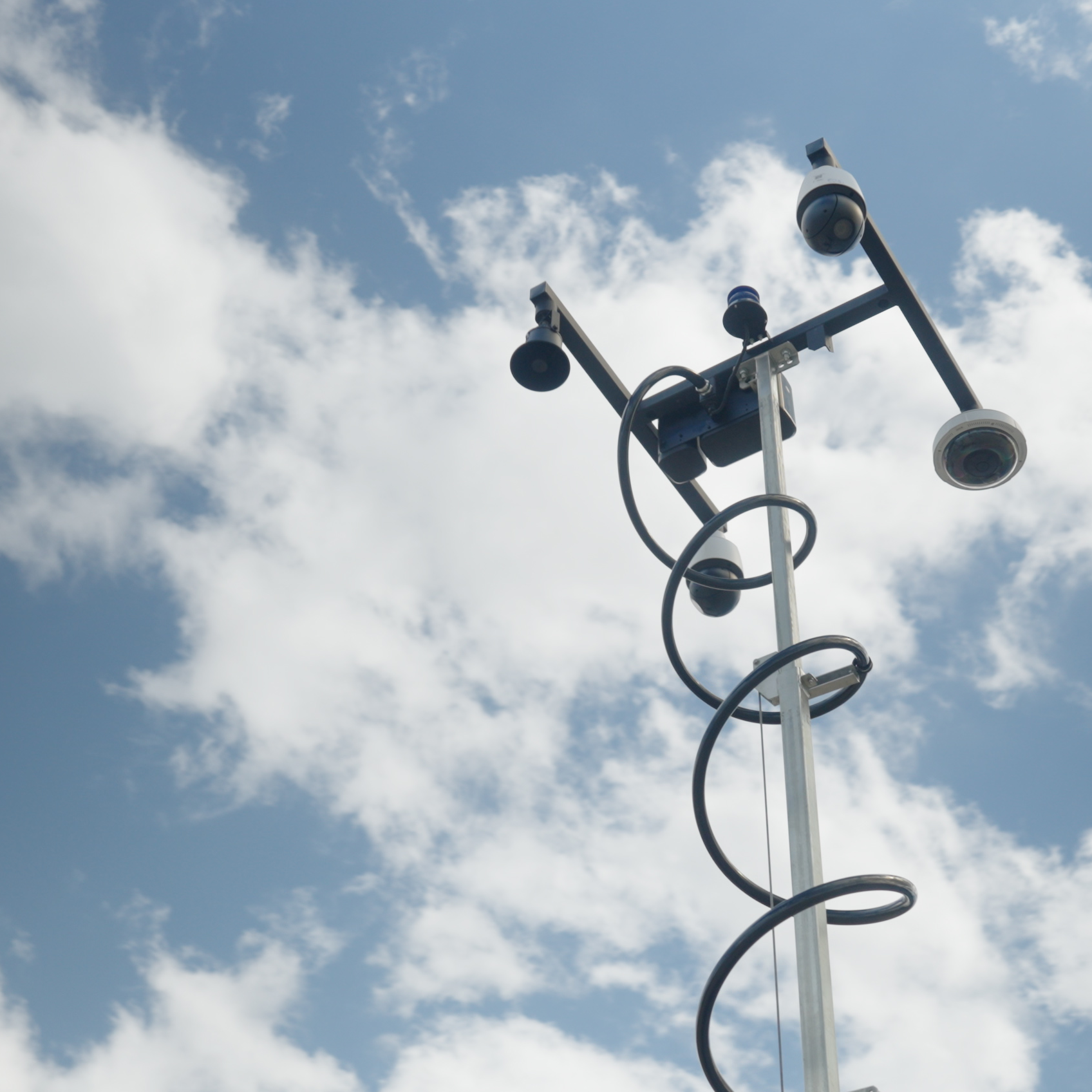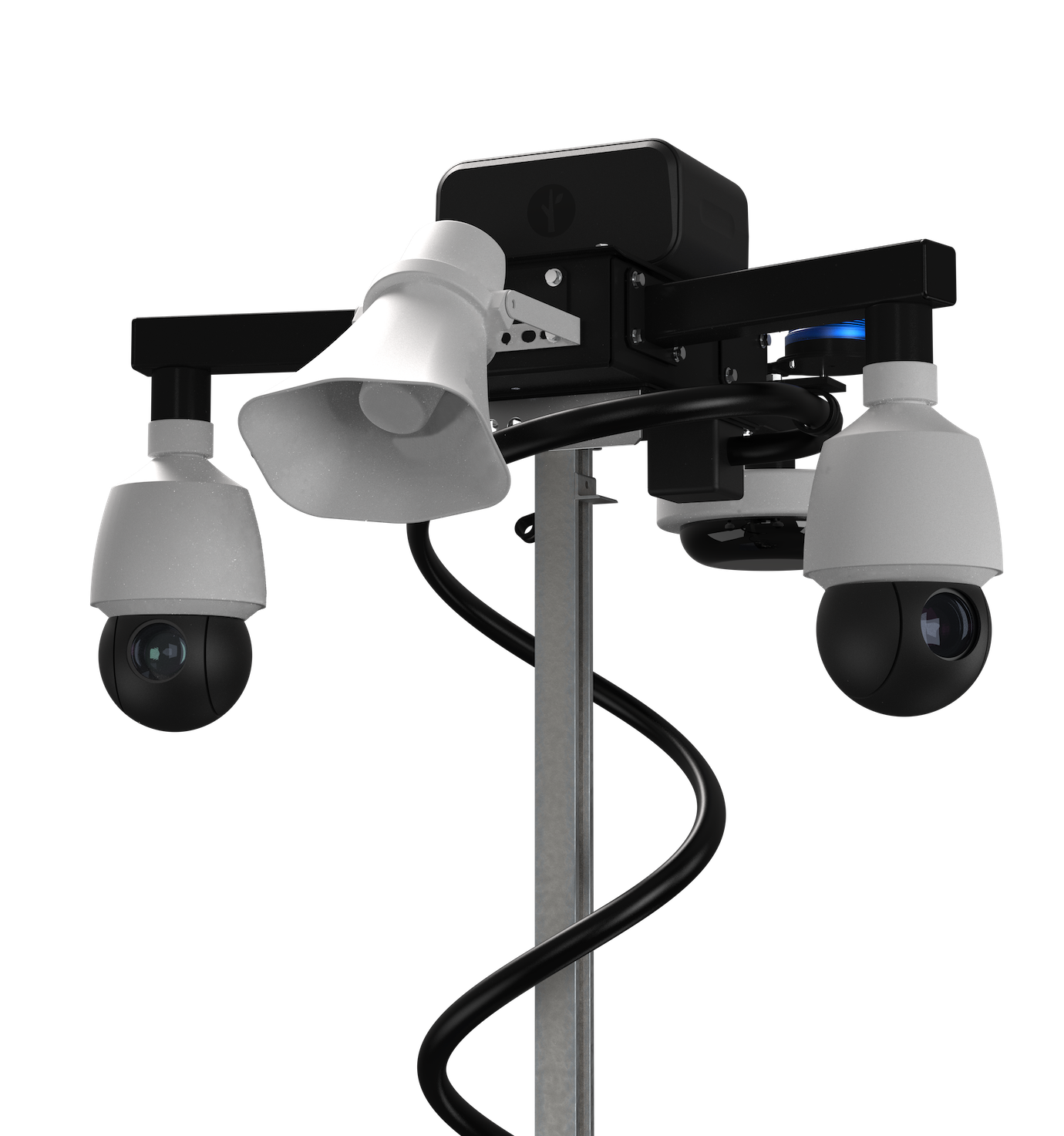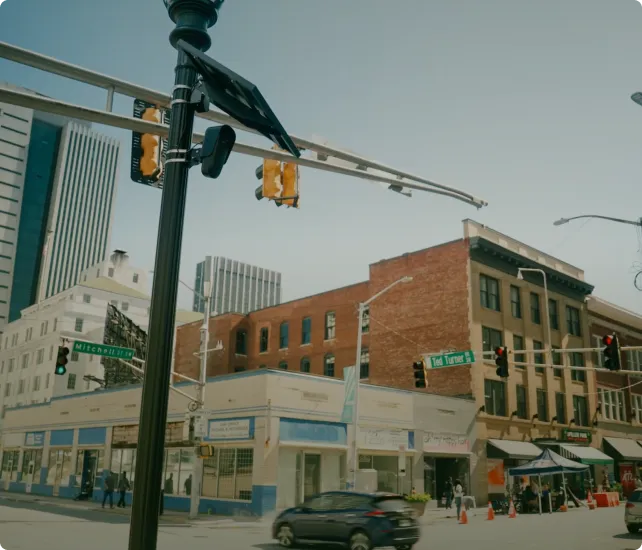


Technology That Serves As A Law Enforcement “Force Multiplier”
Learn how technology like license plate readers is helping police departments and communities work together to improve safety amid staffing shortages.
In the FBI’s “Crime in the United States” report, researchers found that across the country for every 1,000 people in 2017, there was an average of 2.8 law enforcement employees.
Police departments actively try to keep up with the growing populations by asking for bigger budgets from their cities and hopefully opening positions for more officers. It’s widely understood that with more people living in a city, there will be more of a burden on the police. Today, precincts across the nation face a critical shortage of personnel. Take the California Commission on Peace Officer Standards and Training (POST) recent data on law enforcement employment that reflected nearly a 6% decline in the number of police officers from 2008 to 2014 in their state.
So while police leadership work to adapt recruitment and hiring processes, the need to look at technology resources to fill the gap has become a priority.
Enter technology’s role in modern-day policing
The term “force multiplier” has become quite buzzworthy in recent years. With technology evolving faster than ever, the public safety sector is bombarded by vendors with new products available. All the while, there are more citizens speaking up about public safety and wanting to get involved. We see it in the surge of neighborhood watch programs being created, social media activity, and the rapid increase of security camera use.
As residents buy more cameras for use in their home and neighborhoods, police agencies are taking unique approaches to leverage the activity as a force multiplier when crime occurs.Take Dunwoody Police Department who launched their confidential and voluntary community camera program called “Silent Partners”. Dunwoody Police Chief Billy Grogan explains:
The Silent Partners system will allow investigators to identify where security footage might have been obtained. Then, police may request video footage from those cameras, It’s important to note that by joining, you don’t lose any privacy rights. This takes community policing to a new and important level.
Proactive programs where residents register cameras aren’t the only way communities can get involved with policing. Private citizens groups neighborhood associations and business improvement districts often ask local police for guidance on what type of cameras are best for their safety needs. Community Affairs officers can play a pivotal role in helping agencies expand their network and get more eyes on the street.
A city that’s doing this well, using technology once only thought to be for police use is Sandy Springs. Their Police Department has access to over 70 privately funded LPRs throughout their city.
In July of 2019, officers arrested a serial mail fraud suspect with connections to hundreds of cases of mail fraud across the country. The story, as covered by 11 Alive News, reported that:
[A] homeowner captured the suspect’s vehicle and license plate on a Flock Safety tag reader, which police used to set up an alert in their database. Soon, the officers found the SUV connected to the crimes and performed a traffic stop…The United States Postal Service took over the mail to investigate mail fraud and possibly pursue federal charges against Brown…[he[ has 34 charges against him, Theft by Taking, Theft by Receiving Stolen Property, Financial Transaction Card Fraud, Giving False Name and Date of Birth, Identity Fraud, and Drug Possession.

With HOAs purchasing their own ALPRs and providing access to their local police for investigative purposes and the sending of hotlist alert notifications, we are in a new-age of community policing. Cities can get more eyes on the street acting like detectives in a matter of weeks.
Do you want help spreading awareness in your city about the value of license plate readers? Talk to our team about hosting a Community Safety event in your city at lawenforcement@flocksafety.com.
Explore More





Contact us
Discover how communities across the country are using Flock to reduce crime and build safer neighborhoods.

.webp)









